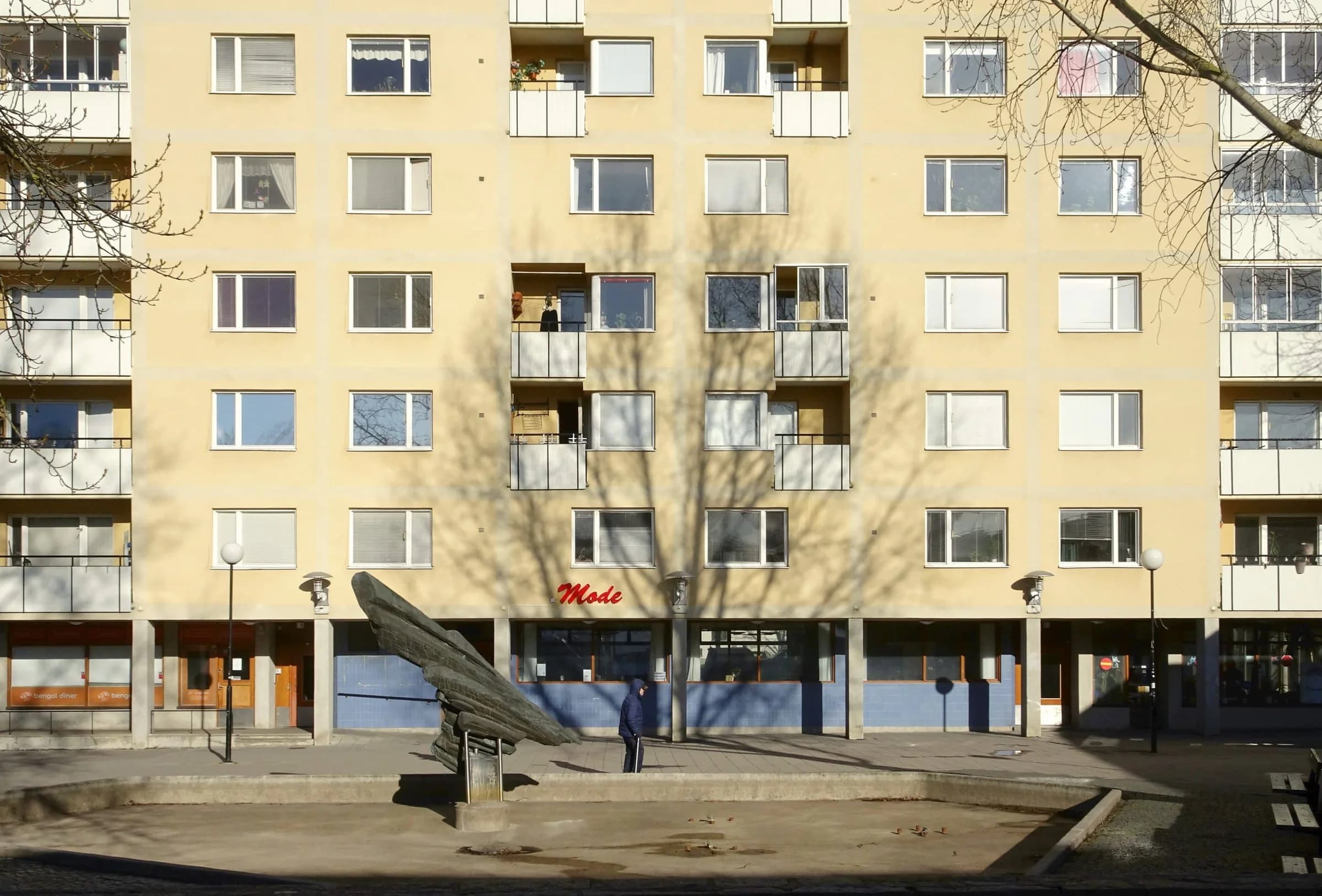🏡Context of the Housing Crisis
The article published by Shelterforce, authored by David J. Thompson, discusses the escalating housing supply crisis in the United States, particularly affecting low- to moderate-income households. It highlights the inadequacy of current funding schemes, such as the Low-Income Housing Tax Credit program, which primarily aids low-income families but leaves a gap for moderate-income households. This gap has resulted in a significant increase in demand for moderate-income housing, particularly in urban areas where many families are priced out of homeownership.
🏢Sweden's Cooperative Housing Model
The piece advocates for the adoption of Sweden's cooperative housing model as a solution to the crisis faced in the U.S. Sweden boasts the highest per capita number of housing cooperatives in Europe, accounting for nearly 25% of all housing in the country. Key organizations such as HSB Riksförbund and Riksbyggen have developed around 350,000 and 200,000 units respectively, showcasing the effectiveness of cooperative housing in providing affordable options for low- and moderate-income families.
📈Growth of Cooperative Housing in Sweden
HSB, as the largest cooperative organization in Sweden, has over 675,000 active members across more than 4,000 tenant-owned housing associations. These associations manage nearly 350,000 apartments and over 25,000 rental flats. Potential residents can join waiting lists, and those who save money with HSB can gain priority for housing, amassing nearly $500 million in savings for the development of new cooperatives.
📉Economic Challenges and Housing Production
The economic recession in Sweden in 2023 has created challenges for the housing sector. Many municipalities sold off their rental units to private investors to balance budgets, leading to fewer affordable options for moderate-income families. The largest private real estate company, SBB, has faced significant losses and is now trying to manage its debt. This situation underscores the vulnerability of the cooperative housing model in the face of economic downturns.
🔑Lessons for the U.S. Housing Market
The article emphasizes the potential lessons for the U.S. from Sweden's approach. It advocates for a national organization with regional structures to meet local housing needs, similar to HSB's model. Additionally, the cooperative sector in Sweden has the political clout necessary to ensure access to government housing funds, a feature currently lacking in the U.S. system.
🏠Limited Equity Housing Cooperatives
Limited equity housing cooperatives (LEHCs) in the U.S. allow families to own shares in a housing complex, similar to cooperative models in Sweden. However, the development of such cooperatives has been minimal since the 1970s, with only a few citizen-led efforts emerging in cities like New York and Washington, D.C. The article stresses the pressing need for institutional capacity and government support to enable the development of new cooperatives, highlighting the potential for LEHCs to provide permanent affordable housing options.
📊Conclusion
Thompson concludes that U.S. housing activists, labor unions, and cooperators must mobilize to fill the gaps in housing provision. Drawing inspiration from Sweden, there is a clear need for a comprehensive, well-funded government program to promote moderate-income homeownership, ensuring sustainable housing solutions for all.
